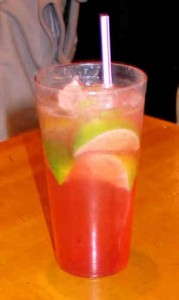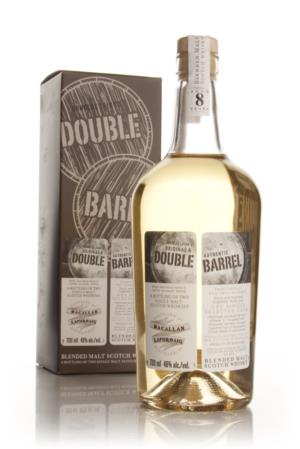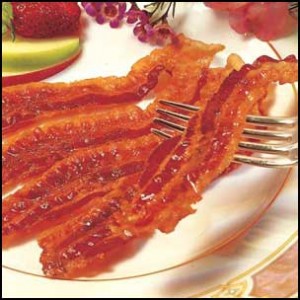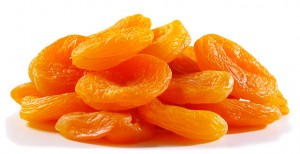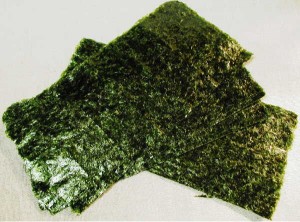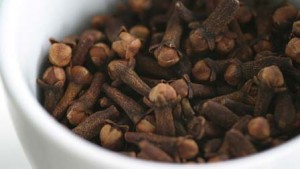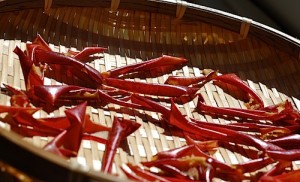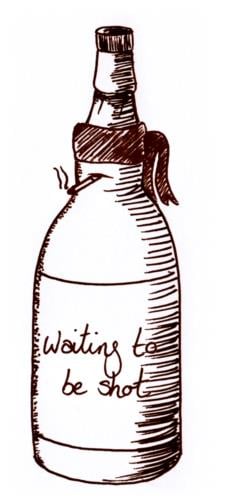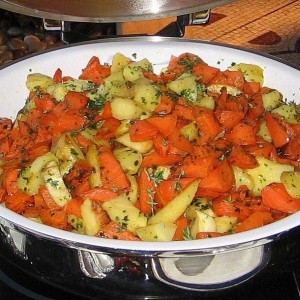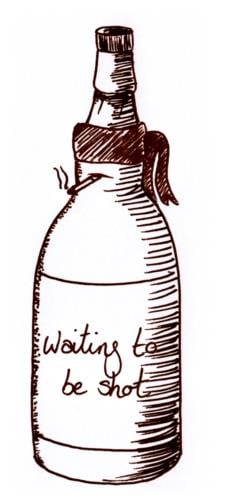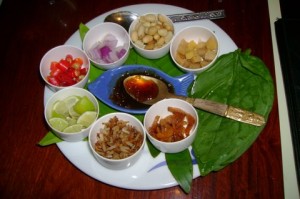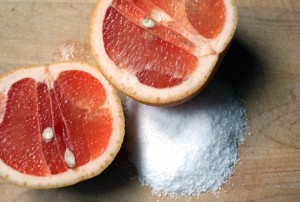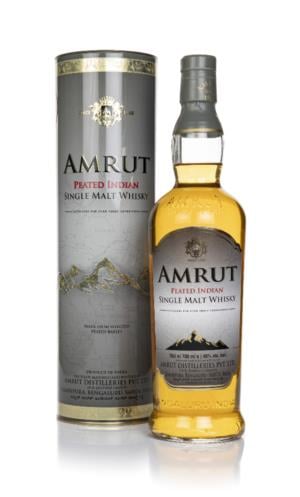 India – 46%ABV – $62 | £34 | €39
India – 46%ABV – $62 | £34 | €39
Moving forward with my reviews of the Amrut standard line — let’s jump now to their peated expression(s).
Now, being peated versions of the standard Amrut expressions, these whiskies should prove to have an even more complex and deep profile over the Amrut whiskies reviewed yesterday. How peated are these? Well, more so than say a Bunnahabhain or Benromach but nowhere near as peaty/smoky as, perhaps, a Laphroaig, Ardbeg or Longrow.
Let just go onto tasting these whiskies and see what we get…
 On the nose – Fried pancetta (ah, more memories from my carnivorous, uber-tref youth).
On the nose – Fried pancetta (ah, more memories from my carnivorous, uber-tref youth).
Caramel chews and tinder sticks (the fire starters, not the band).

Buttered hot bread (just like with the standard NAS 46% from yesterday).
Something immensely sweet about this nose that reminds me of grapefruit jelly beans.
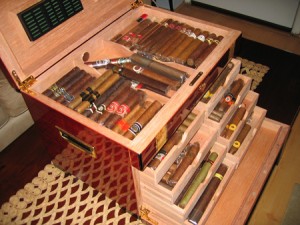 On the mouth – Big oak notes – very much like a humidor with half smoked cigars in it (there’s that peat).
On the mouth – Big oak notes – very much like a humidor with half smoked cigars in it (there’s that peat).
Coconut and lime leaf, a touch of curry.
Gingery mango chutney (again, similar to yesterday’s Amrut).
Finish – Oak and vanilla, long and pleasing.
In sum – The peat here is lighter than expected. While normally a bit of peat will add an extra dimension, I think the addition of peated barley in the expression takes away from their standard NAS, non-peated whisky (which was a cracker, straight up!).
Truth be told, if I’d not have had the standard NAS yesterday, the previous statement might not ring true. This being said, I did enjoy this whisky and the peat warmed my insides in the ways in which is needed for this time of year. Oh yes, the heat is on in my house. I am donning a sweater and all I want to do is snuggle up with the wife. Tis the season!
And now onto the cask strength version which has nearly 17% more alcohol by volume…
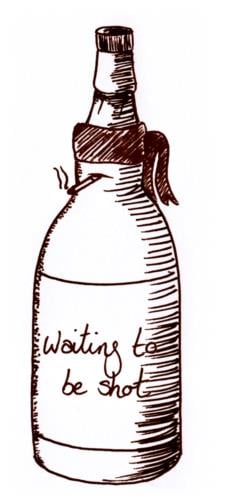 India – 62.8%ABV – $78 | £40 | €46
India – 62.8%ABV – $78 | £40 | €46
On the nose – Stuffy nose?
A cold got you down?
Nose some of this whisky and you won’t be complaining of what ails ye any longer.
 A big sock to the nose with spirit and lots of it!
A big sock to the nose with spirit and lots of it!
If you could turn crispy bacon into a powdered sugar candy for kids, this is what you’d be smelling, just that.
Burnt toast and melted butter.
On the mouth – Great mouth feel.
Yes, this stuff is strong as all hell but it is approachable (more so than yesterday’s Cask Strength though still not for the casual whisk(e)y drinker!).
A bit briny.
Some seaweed.
Juicy and chewy.
I’m a fan.
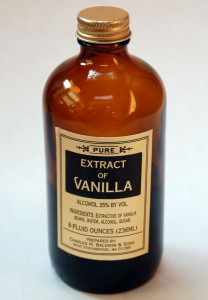 Finish – Smooth and oaky with hints of vanilla extract.
Finish – Smooth and oaky with hints of vanilla extract.
In sum for the Cask Strength and the overall experience between the two – While I thought the added peat to the 46% expression was not up to par with the unpeated version of the Amrut, I found the brashness of this cask strength whisky, combined with the added element of peat, to be a terrific combination.
Many people out there my have a tough time sipping on a whisky that is over 60% and I can appreciate that. As a note to those people… Please send your cask strength whisky bottles to my house. I will ensure the fluid contained within will go to good use 😉
For either of these whiskies, I really do suggest you enjoy there in the cooler months (or, go inside your house during the summer time, crank the A/C unit — pour, sniff, sip, swallow, repeat).


